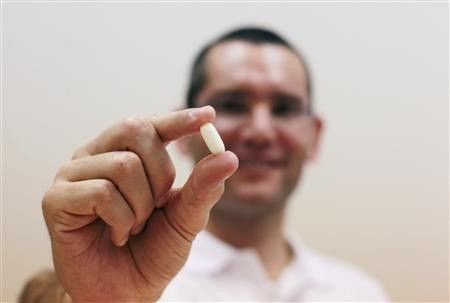Smartphone-Linked 'Bionic' Pancreas More Effective In Diabetes: NSW Researchers

Researchers from New South Wales have built a smartphone-linked 'bionic' pancreas that they believe is more accurate than the artificial pancreas, reported by Yahoo News.
Professor Graham Goodwin of the University of Newcastle, said that the device makes use of a sophisticated algorithms which calculates and delivers insulin dosage in precision.
They have planned to conduct a clinical trial in 2015 and if it is successful, it could be a breakthrough for the patients with type 1 diabetes for whom it is necessary to take an injection of insulin every day.
Professor Goodwin explained that it is still early but they think that they have a chance of building a system with smart technology which helps in better blood glucose management than the existing therapies.
The modelling of the device is done in such a manner that the blood glucose levels can be controlled to within five per cent accuracy. The scientists believe that the units will have to be calibrated for an individual and will have to be adaptive with time.
Type 1 diabetes is controlled by administering insulin through injections which enables monitoring of the blood glucose levels on a regular basis.
The new device mimics the natural release of insulin by doling out small amounts of it regularly but is not programmed to automatically adjust the insulin needs of the patient.
A pediatric endocrinologist at John Hunter Children's Hospital, Dr. Bruce King, said that the new device will help eliminate the guesswork that diabetes management brings in. He added that currently, children along with their parents have to calculate the amount of carbohydrates in a meal as well as check their blood glucose level every time they eat but this new device does not take into consideration of other nutrients that can have an effect on the patient.
A couple residing in Corlette are awaiting for the procedure to come in as their son, Jack, is suffering from it and is subjected to the finger prick test about ten to fifteen times a day, which he tries avoiding by scrunching his fists and hiding it under the pillow. The mother, Carly Stephen, acted as an adviser for the researchers while they were developing the device.




















